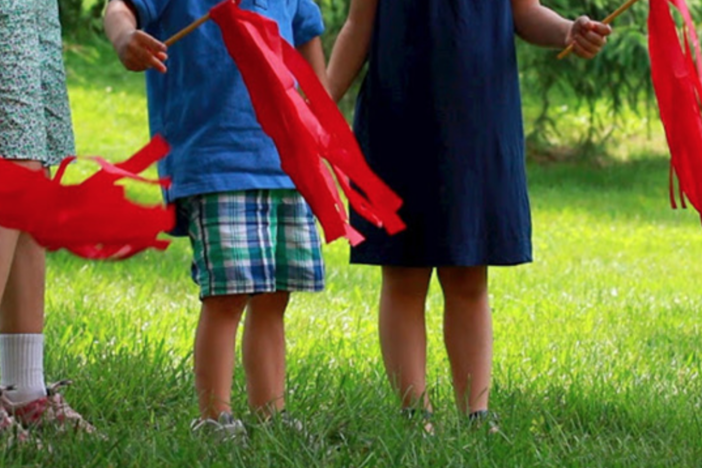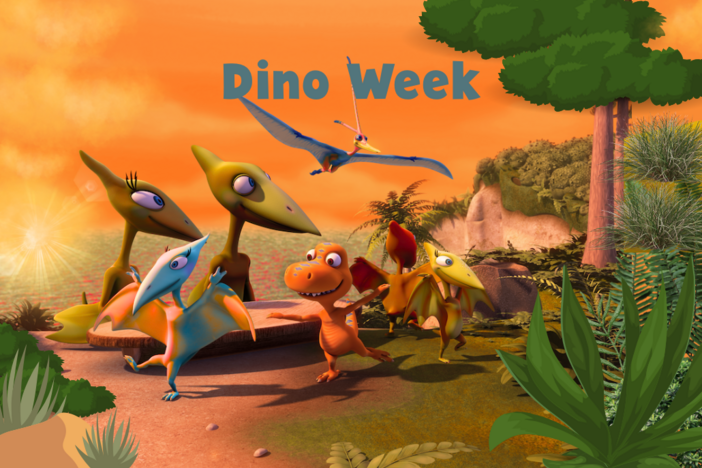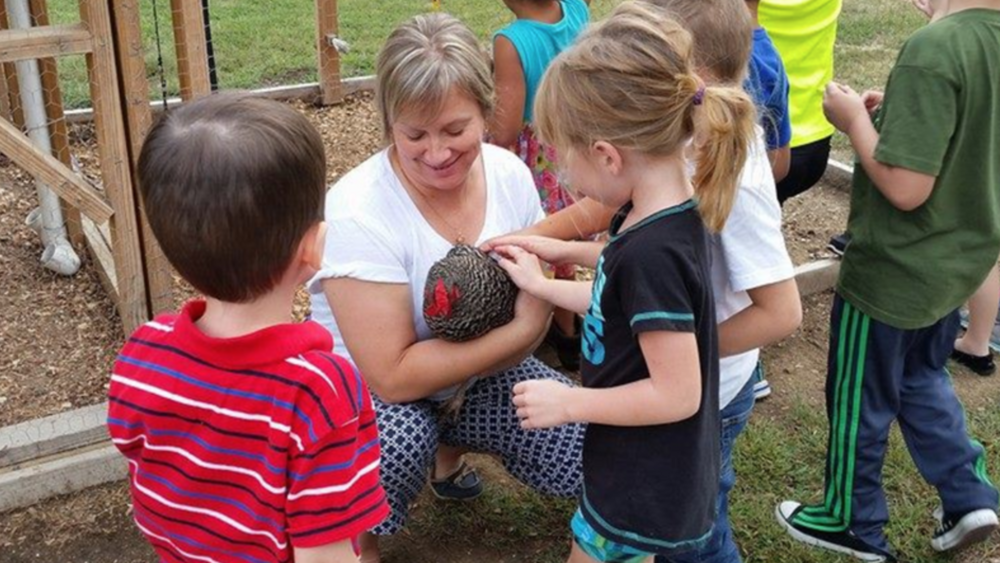
Section Branding
Header Content
No Child Left Inside!
Primary Content

Students at Gilbert Elementary are place- and project-based STEM learners and researchers. At each grade level, students are involved in ongoing authentic STEM research. The research takes place throughout the school year rather than an isolated event. Students are getting real-world experiences using problem solving and critical thinking skills. They work collaboratively on various projects and learn to communicate their findings. At Gilbert, students create real solutions to real problems, learning all they can along the way.

Our STEM journey began with a desire to find ways to better engage students, the need to increase performance in all academic areas, and a look to the future for our students. Our principal, Matt Harris, brought the idea of aquaponics to the table. The result was our SPLASH lab. SPLASH is an acronym which means Student Project-based Learning in Aquaculture and Sustainable Hydroponics.
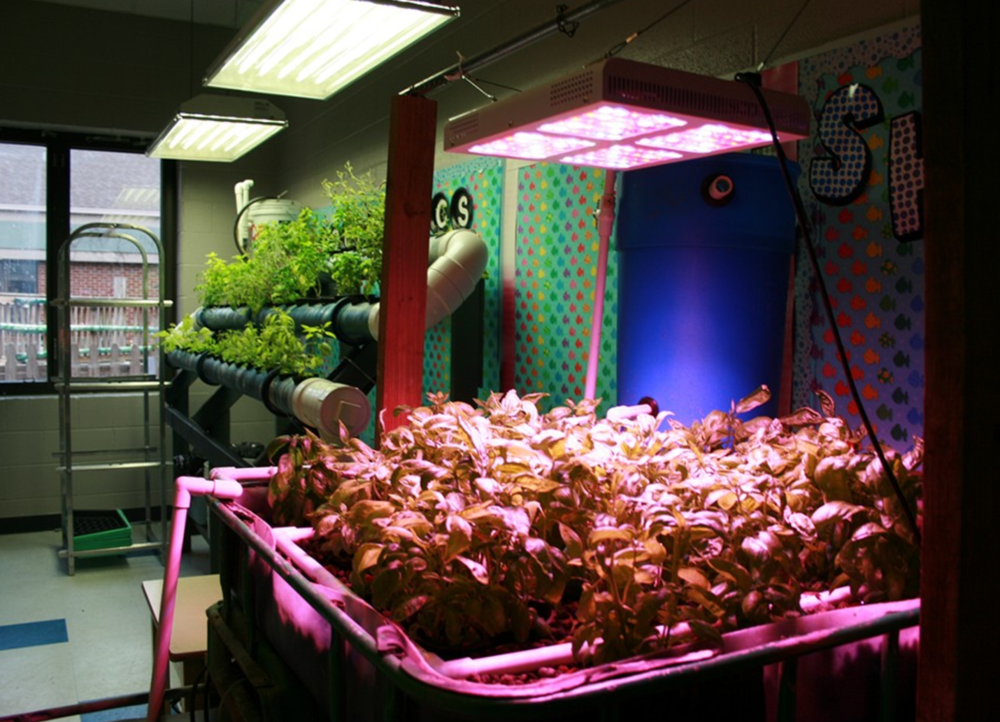
We worked with HatPonics to design and install functioning hydroponics and aquaponics systems on our campus. Students were involved in every aspect of the process from planning to building to operating. Today, we have a fully sustainable agriculture system in place growing a variety of herbs and vegetables. We also are raising goldfish, golden tilapia, and a blue channel catfish hybrid. Mr. Ray McWhorter, our Kaleidoscope (Gifted) teacher, guides students in the daily maintenance, data collection, and cultivation of the plants in the SPLASH Lab.
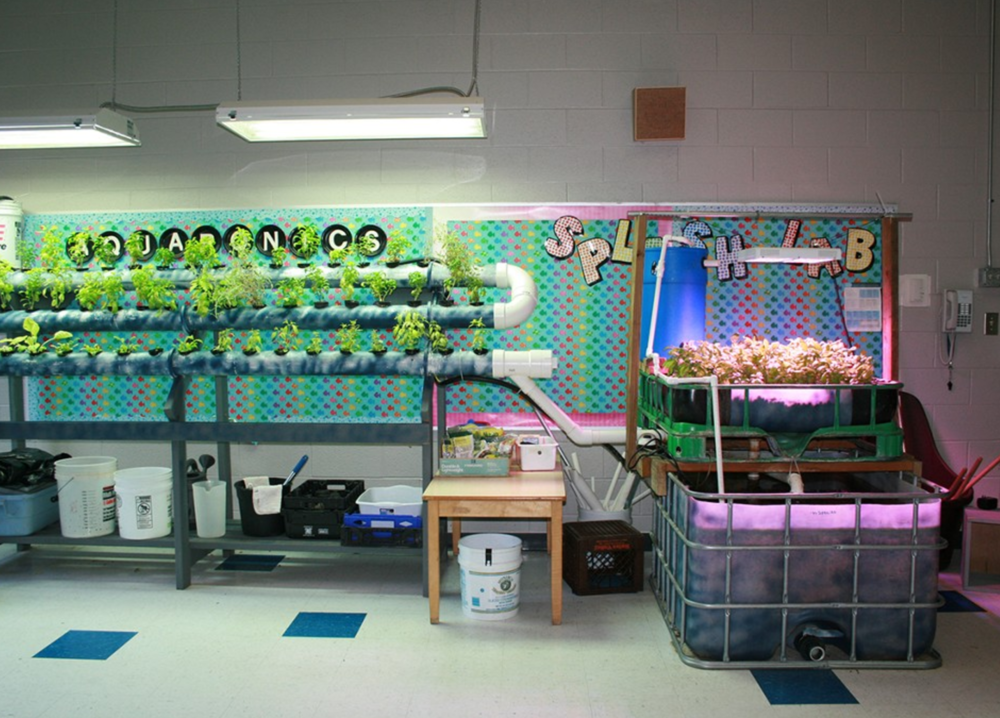
Our principal, Mr. Matt Harris, encouraged everyone to participate in TAG Education Collaborative's annual STEM Day in Georgia. We were challenged to get students involved in hands-on learning in the areas of Science, Technology, Engineering, and Mathematics. Our theme for the day was "No Child Left Inside!" We had an engineer from Tennessee Rand to bring various examples of automation that his company had developed. Students were invited to pick up tools and interact with these items. Fifth grade worked on a project to prevent erosion on the hill that borders our playground. Third grade was involved in planting and cultivating crops in our raised garden. Second grade prepped and planted plants native to Georgia. Alex visited us again for this event, and led students in a discussion on the moral value of conservation based on Dr. Seuss’s The Lorax. He also worked in concert with our art specialist, Chris Sandow, to engage students with some symbolic project-based initiatives based on Seuss’s truffula trees and the Lorax’s role as their protector.
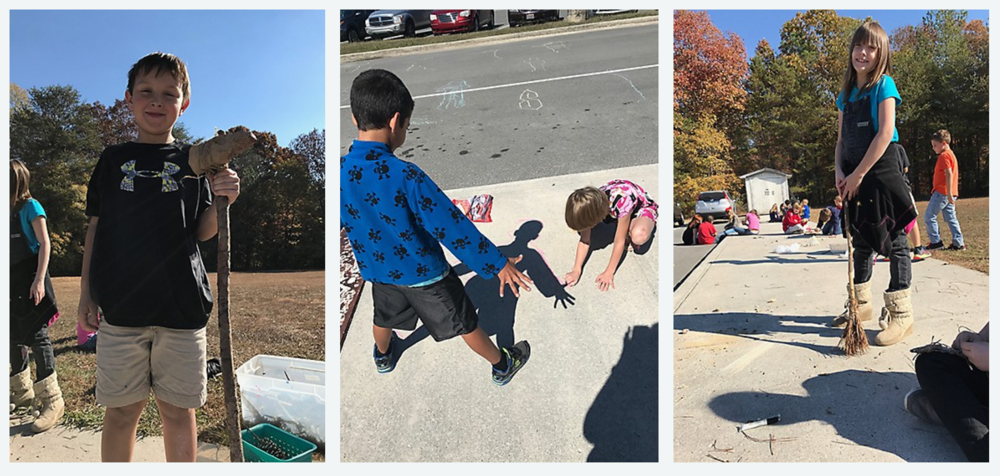
Through these experiences, our teachers got to see the students excited about and actively engaged in learning. Students embraced the struggle to find or create solutions, trial and error methods, and were comfortable in taking risks with their ideas. We began planning more hands-on, problem-based, inquiry lessons in Science. We began using technology in new ways. We were creating content for students using these tools. Students were using the technology to showcase their learning and mastery of standards. Teachers began to shift their thinking. STEM wasn't something else we "had" to do. STEM was a new way of thinking, integrating standards from all subject areas into projects. Soon to follow was the creation of a year-long project for each grade level that encompassed standards from all subjects.
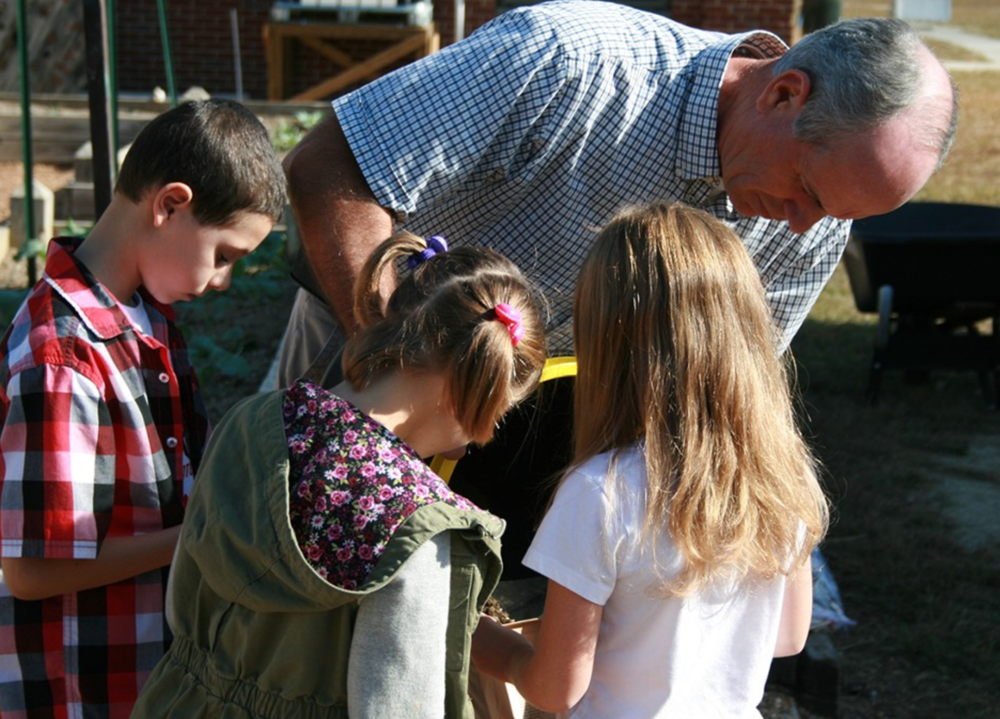
Meriam-Webster defines synergy as the increased effectiveness that results when two or more people work together. Perhaps no other word more aptly describes what continues to develop at our school. The more closely we worked with our grade level colleagues, the better our instruction, unit planning, and activities are for our students. This mirrors our central hope for students at Gilbert Elementary: the more ideas they entertain, the more peers they engage with, and the more values and solutions they defend, the more critical and thoughtful leaders they will gradually become, for our school, for our community, and for our world.
Students at Gilbert Elementary are place- and project-based STEM learners and researchers. At each grade level, students are involved in ongoing authentic STEM research. The research takes place throughout the school year rather than an isolated event. Students are getting real-world experiences using problem solving and critical thinking skills. They work collaboratively on various projects and learn to communicate their findings. At Gilbert, students create real solutions to real problems, learning all they can along the way.
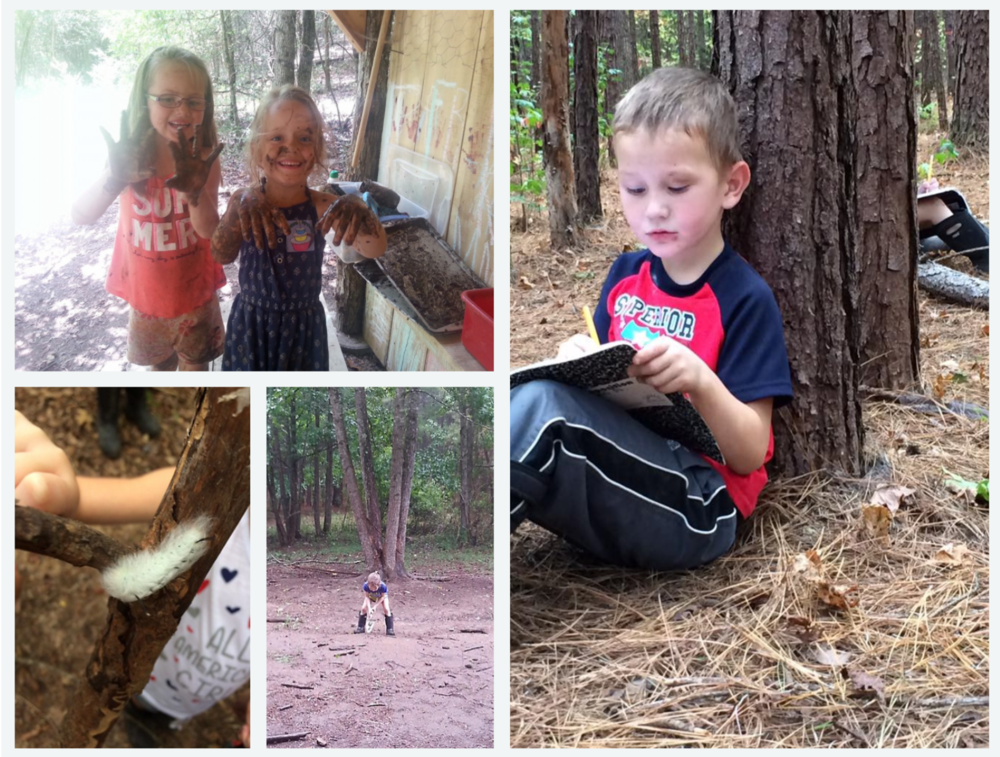
Our STEM journey began with a desire to find ways to better engage students, the need to increase performance in all academic areas, and a look to the future for our students. Our principal, Matt Harris, brought the idea of aquaponics to the table. The result was our SPLASH lab. SPLASH is an acronym which means Student Project-based Learning in Aquaculture and Sustainable Hydroponics.
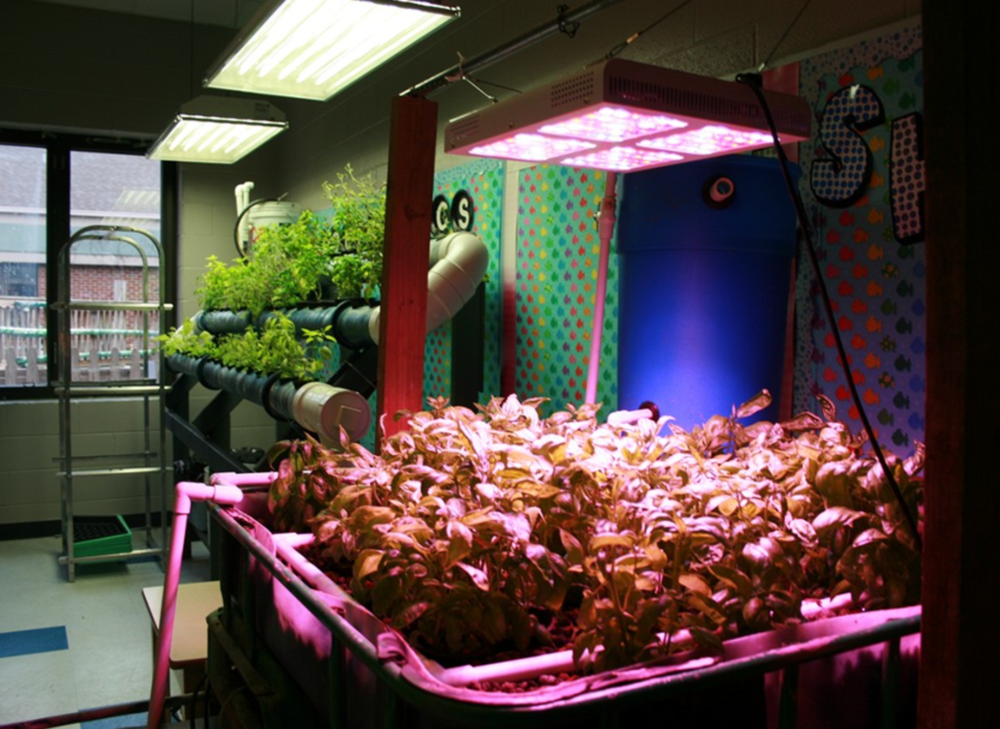
We worked with HatPonics to design and install functioning hydroponics and aquaponics systems on our campus. Students were involved in every aspect of the process from planning to building to operating. Today, we have a fully sustainable agriculture system in place growing a variety of herbs and vegetables. We also are raising goldfish, golden tilapia, and a blue channel catfish hybrid. Mr. Ray McWhorter, our Kaleidoscope (Gifted) teacher, guides students in the daily maintenance, data collection, and cultivation of the plants in the SPLASH Lab.
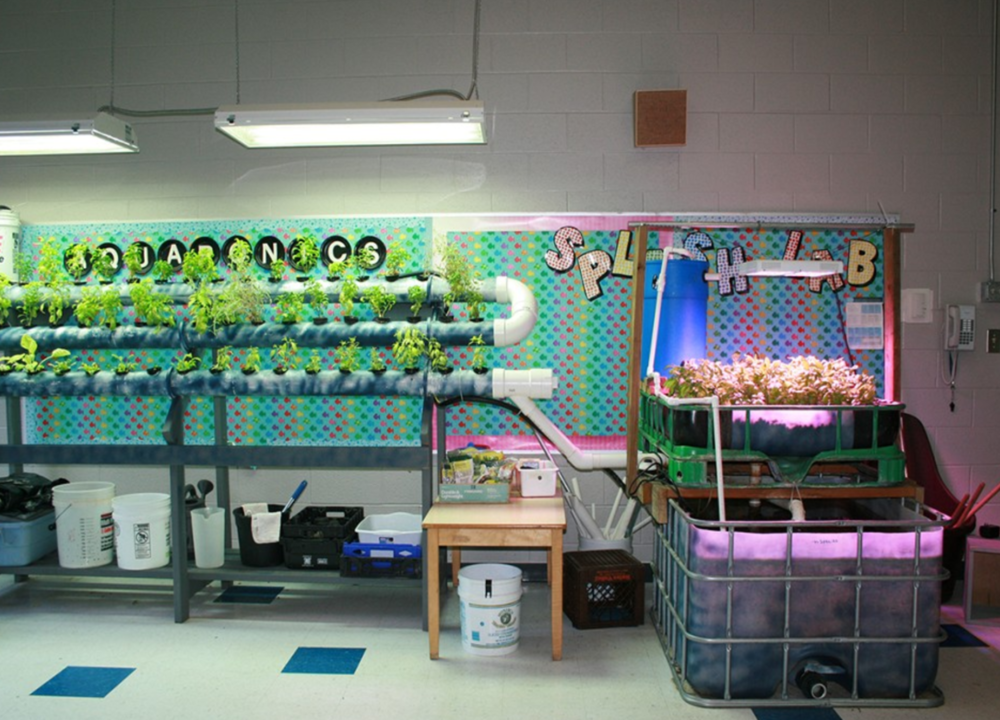
Our principal, Mr. Matt Harris, encouraged everyone to participate in TAG Education Collaborative's annual STEM Day in Georgia. We were challenged to get students involved in hands-on learning in the areas of Science, Technology, Engineering, and Mathematics. Our theme for the day was "No Child Left Inside!" We had an engineer from Tennessee Rand to bring various examples of automation that his company had developed. Students were invited to pick up tools and interact with these items. Fifth grade worked on a project to prevent erosion on the hill that borders our playground. Third grade was involved in planting and cultivating crops in our raised garden. Second grade prepped and planted plants native to Georgia. Alex visited us again for this event, and led students in a discussion on the moral value of conservation based on Dr. Seuss’s The Lorax. He also worked in concert with our art specialist, Chris Sandow, to engage students with some symbolic project-based initiatives based on Seuss’s truffula trees and the Lorax’s role as their protector.

Through these experiences, our teachers got to see the students excited about and actively engaged in learning. Students embraced the struggle to find or create solutions, trial and error methods, and were comfortable in taking risks with their ideas. We began planning more hands-on, problem-based, inquiry lessons in Science. We began using technology in new ways. We were creating content for students using these tools. Students were using the technology to showcase their learning and mastery of standards. Teachers began to shift their thinking. STEM wasn't something else we "had" to do. STEM was a new way of thinking, integrating standards from all subject areas into projects. Soon to follow was the creation of a year-long project for each grade level that encompassed standards from all subjects.
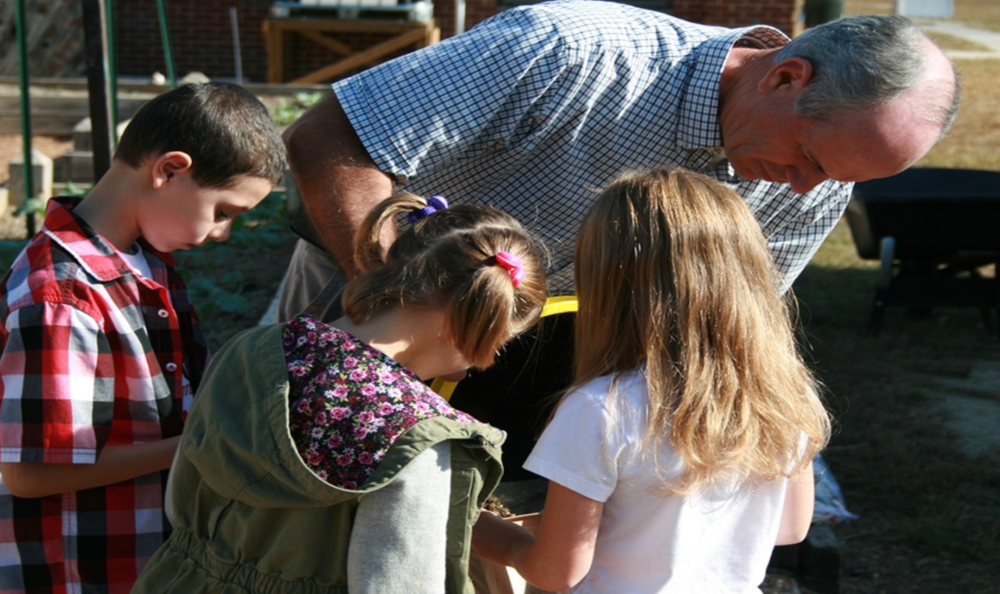
Meriam-Webster defines synergy as the increased effectiveness that results when two or more people work together. Perhaps no other word more aptly describes what continues to develop at our school. The more closely we worked with our grade level colleagues, the better our instruction, unit planning, and activities are for our students. This mirrors our central hope for students at Gilbert Elementary: the more ideas they entertain, the more peers they engage with, and the more values and solutions they defend, the more critical and thoughtful leaders they will gradually become, for our school, for our community, and for our world.




